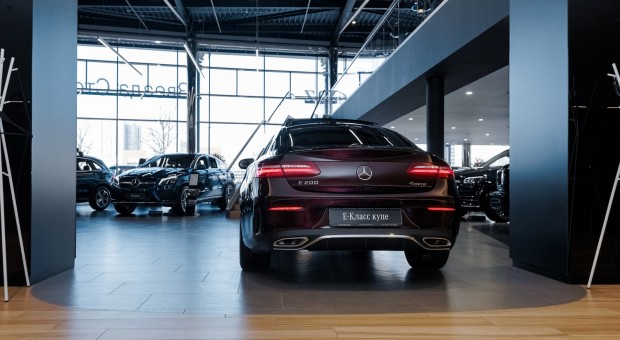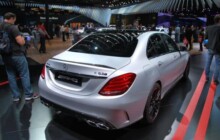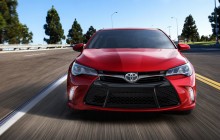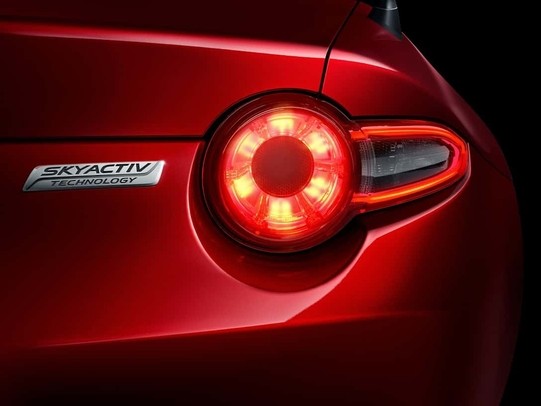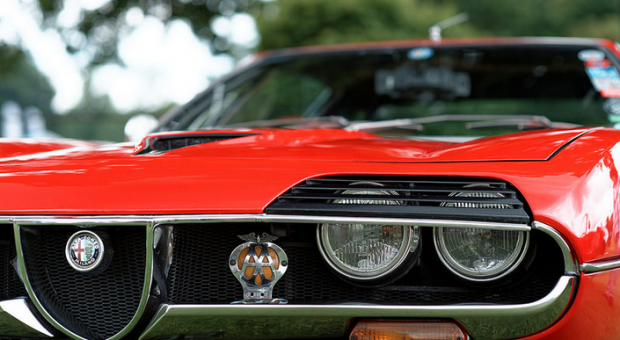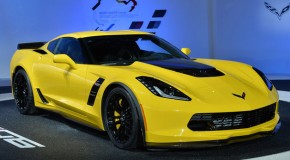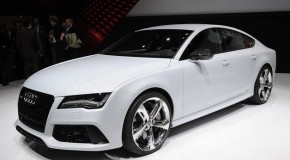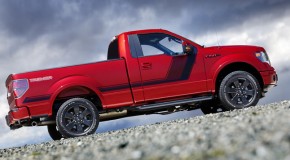
The car engine is the heart of any vehicle, responsible for powering the wheels and providing the necessary force to move the vehicle.
In this article, we will discuss the key components of a car engine, how they work together, and the importance of regular maintenance to keep your engine running smoothly.
Key Components of a Car Engine
The car engine is a complex system that consists of several key components. These include:
- Piston: The piston is a cylindrical component that moves up and down inside the engine block. It is connected to the crankshaft through a connecting rod and is responsible for converting the energy from the fuel and air mixture into mechanical energy.
- Crankshaft: The crankshaft is a rotating shaft that is connected to the pistons through connecting rods. It converts the reciprocating motion of the pistons into rotational motion, which is used to power the wheels.
- Camshaft: The camshaft is a rotating shaft that is responsible for opening and closing the engine’s intake and exhaust valves. It is driven by the crankshaft through a timing belt or chain.
- Cylinder Block: The cylinder block is the main body of the engine, containing the pistons, connecting rods, crankshaft, and camshaft.
- Cylinder Head: The cylinder head is attached to the top of the cylinder block and contains the intake and exhaust valves, spark plugs, and other components.
- Fuel Injectors: Fuel injectors are responsible for delivering fuel to the engine’s combustion chambers. They are controlled by the engine’s electronic control module (ECM), which adjusts the fuel delivery based on the engine’s operating conditions.
How the Components Work Together
The car engine operates on the principle of internal combustion, where a fuel and air mixture is ignited inside the engine’s cylinders, generating energy that is used to power the wheels.
When the driver presses the accelerator pedal, the ECM sends a signal to the fuel injectors, which spray a precise amount of fuel into the engine’s cylinders. The intake valves open, allowing air to enter the cylinders, where it mixes with the fuel.
The spark plugs then ignite the fuel and air mixture, causing a controlled explosion that pushes the piston down, turning the crankshaft. The exhaust valves then open, allowing the spent gases to exit the engine.
The process then repeats for each cylinder, creating a continuous series of controlled explosions that power the engine and ultimately the vehicle.
Importance of Regular Maintenance
Regular maintenance is critical to keep your car engine running smoothly and prevent costly repairs down the road. Some common maintenance tasks include:
- Oil Changes: Engine oil lubricates the moving parts inside the engine and helps to dissipate heat. Over time, the oil can become contaminated and lose its effectiveness, leading to engine damage. Regular oil changes can help to prevent this.
- Air Filter Replacement: The engine’s air filter prevents dirt and debris from entering the engine’s cylinders, where it can cause damage. Regular air filter replacement can help to ensure that the engine is receiving clean air.
- Spark Plug Replacement: Spark plugs are responsible for igniting the fuel and air mixture inside the engine’s cylinders. Over time, they can become worn or fouled, leading to poor engine performance. Regular spark plug replacement can help to prevent this.
- Timing Belt Replacement: The timing belt or chain is responsible for synchronizing the camshaft and crankshaft, ensuring that the engine’s valves open and close at the proper times. If the timing belt or chain fails, it can cause severe engine damage.
Conclusion
The car engine is a complex system that consists of several key components that work together to generate the power necessary to move the vehicle. Regular maintenance is critical to keep the engine running smoothly!

